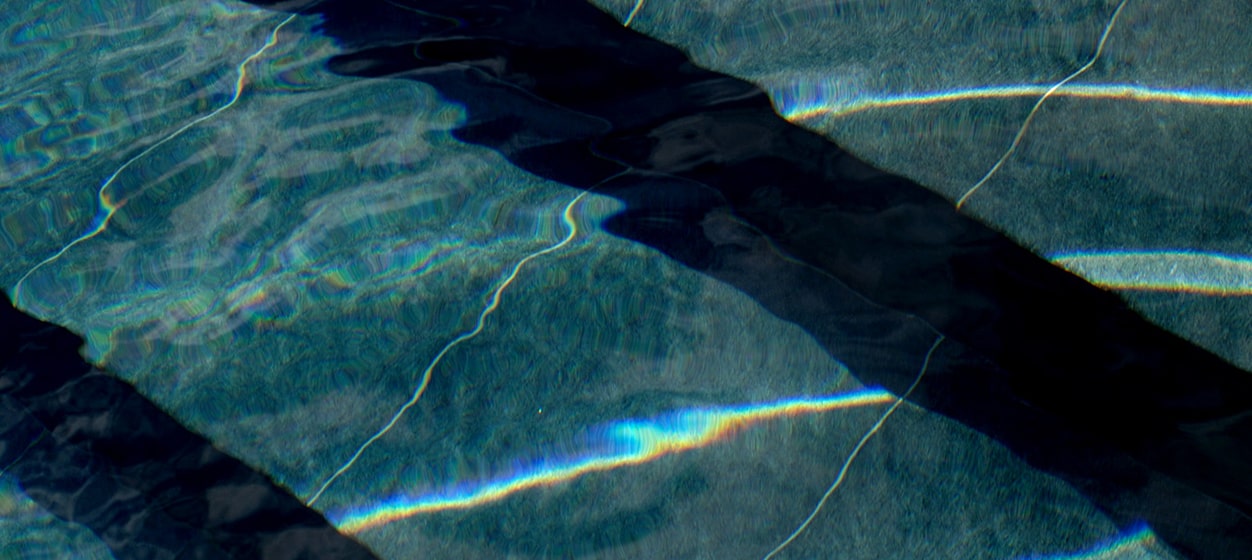The fascinating beauty of lacquer
The art of lacquer first appeared in Asia in the Neolithic Age. Throughout the history of mankind, lacquer has continued to add gloss and shine to objects of the greatest simplicity to those of extreme sophistication. This demanding technique which is constantly enhanced, adapted and reinvented, glorifies many of Liaigre’s furniture and accessory designs.
See details
The art of lacquer first appeared in Asia in the Neolithic Age. Throughout the history of mankind, lacquer has continued to add gloss and shine to objects of the greatest simplicity to those of extreme sophistication. This demanding technique which is constantly enhanced, adapted and reinvented, glorifies many of Liaigre’s furniture and accessory designs.
Texts by Françoise-Claire Prodhon
Credits: Annette Appel, Mark Seelen, Nicolas Heron, Eric Morin

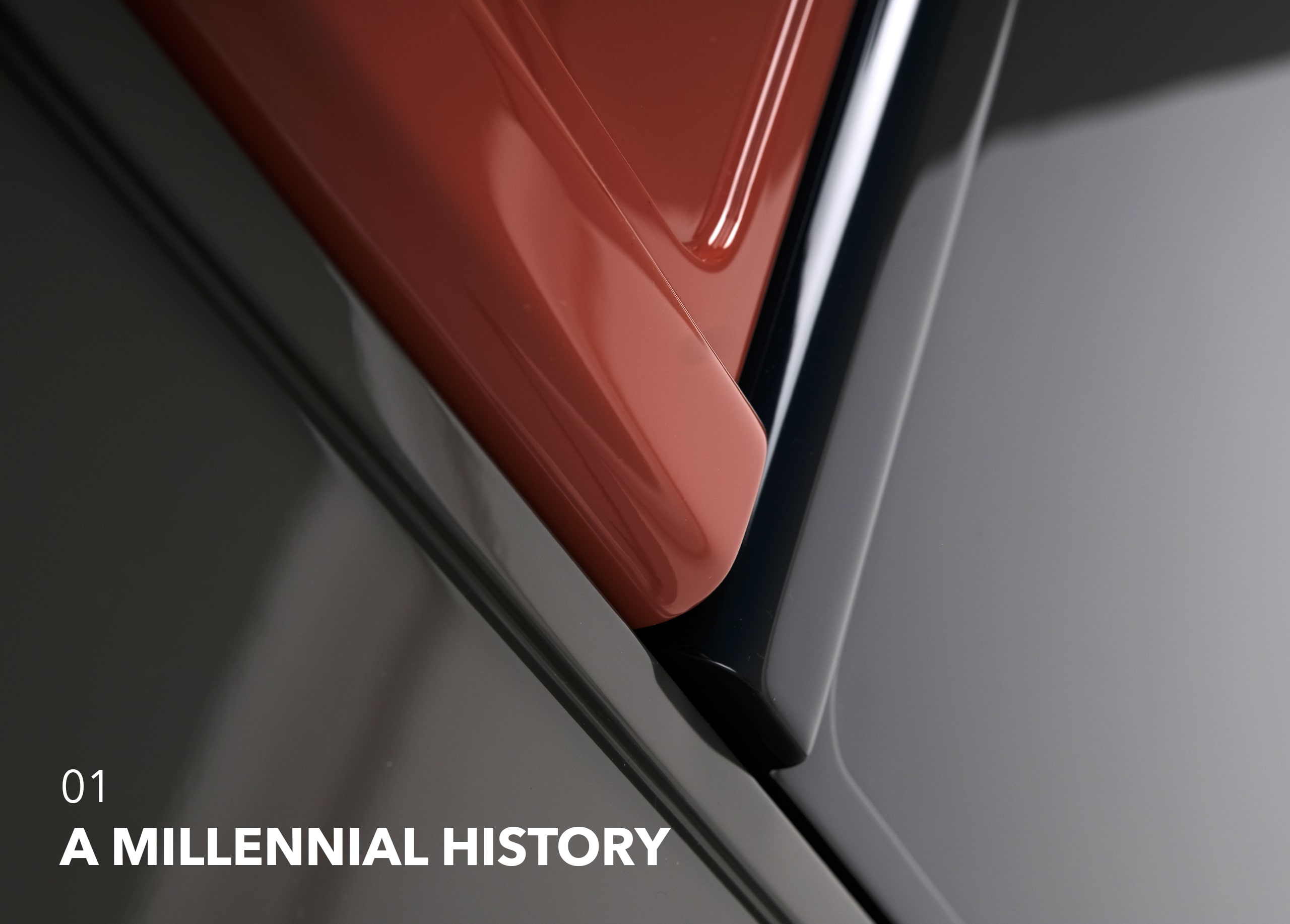
Lacquer first appeared in China and then in Japan more than 3000 years ago before moving on to the rest of Southeastern Asia. It began as a simple waterproof protective coating for everyday utensils, as lacquer also acts as a glue.
Craftsmen soon managed to mix pigments to obtain a range of colors going from black to red, including yellow, blue, white and brown. Lacquer went from having a purely functional use to becoming something decorative. From then on it was used to protect and embellish objects.
The Japanese continued to develop the techniques over the centuries, transforming the know-how into an art in its own right.
Lacquer spread through Europe in the seventeenth century via trading posts that offered luxury objects from the Far East, particularly the well -known Chinese Coromandel lacquer screens.
The European master craftsmen in turn, adopted the technique, which lived its finest hour in the 18th century and then again in the 20th century, principally during the Art Deco period. Designers like Jean Dunand, Gaston Suisse, Eileen Grey… connoisseurs, collectors and art lovers appreciated its refinement, subtle beauty and discreet luxury.
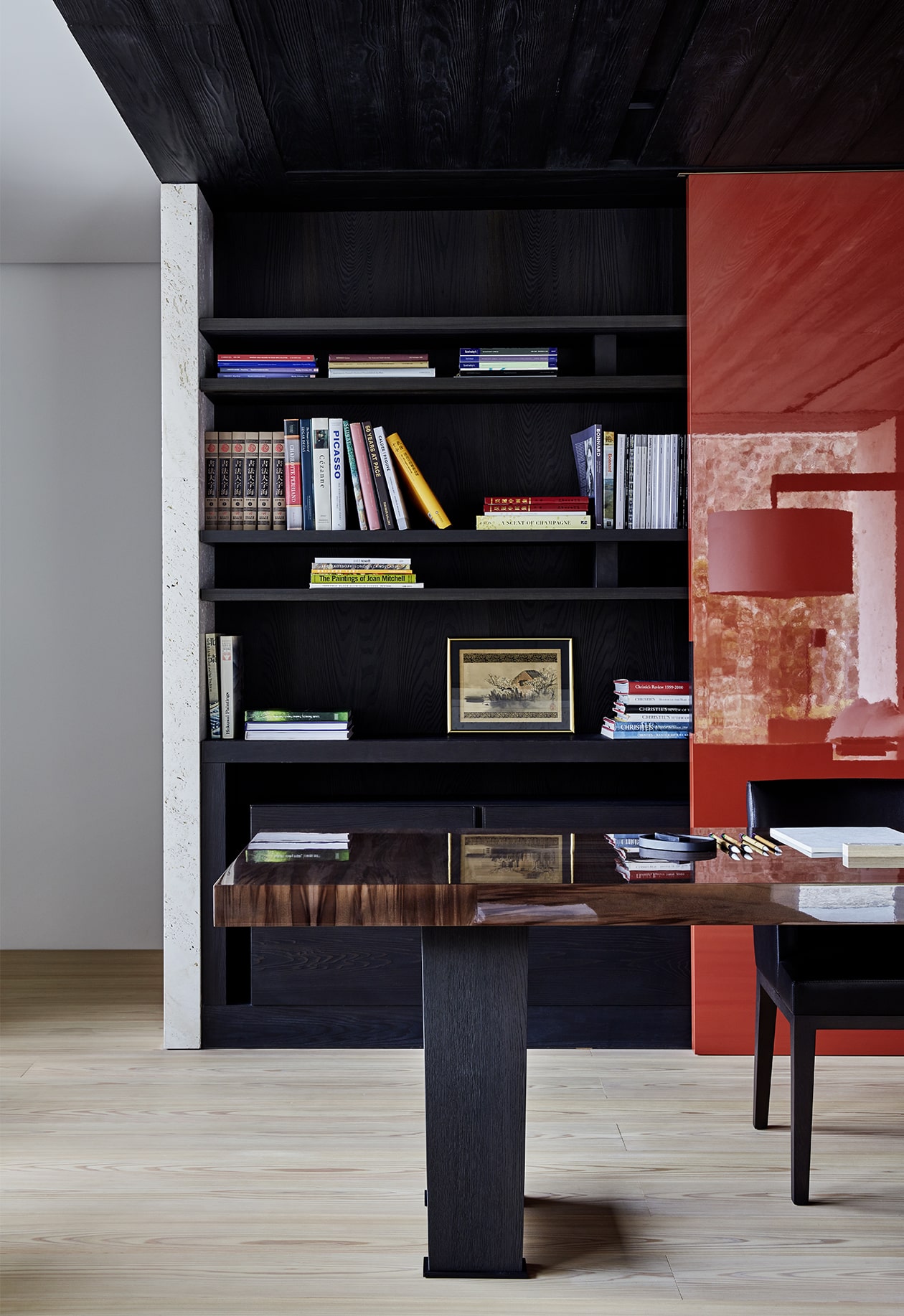
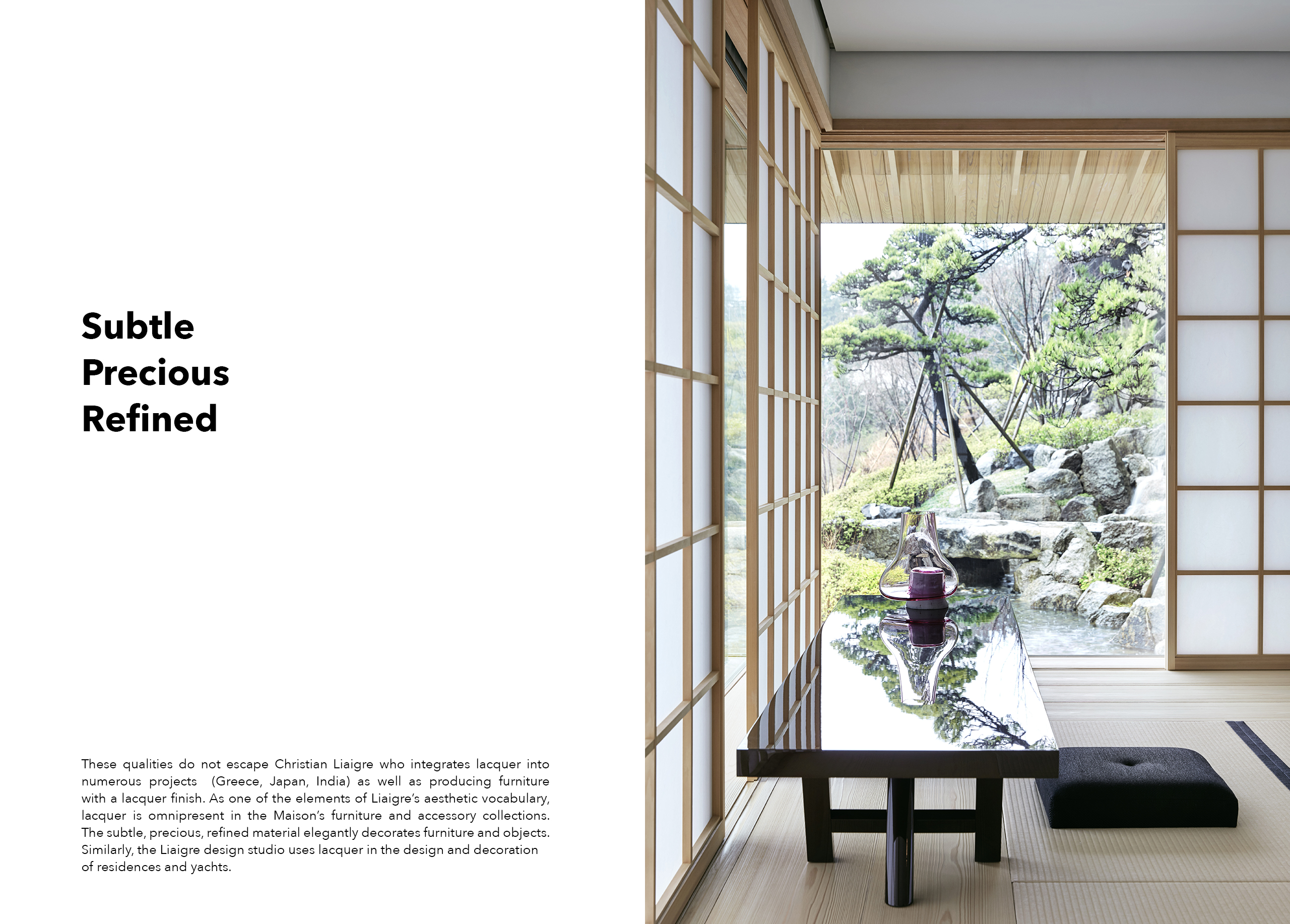
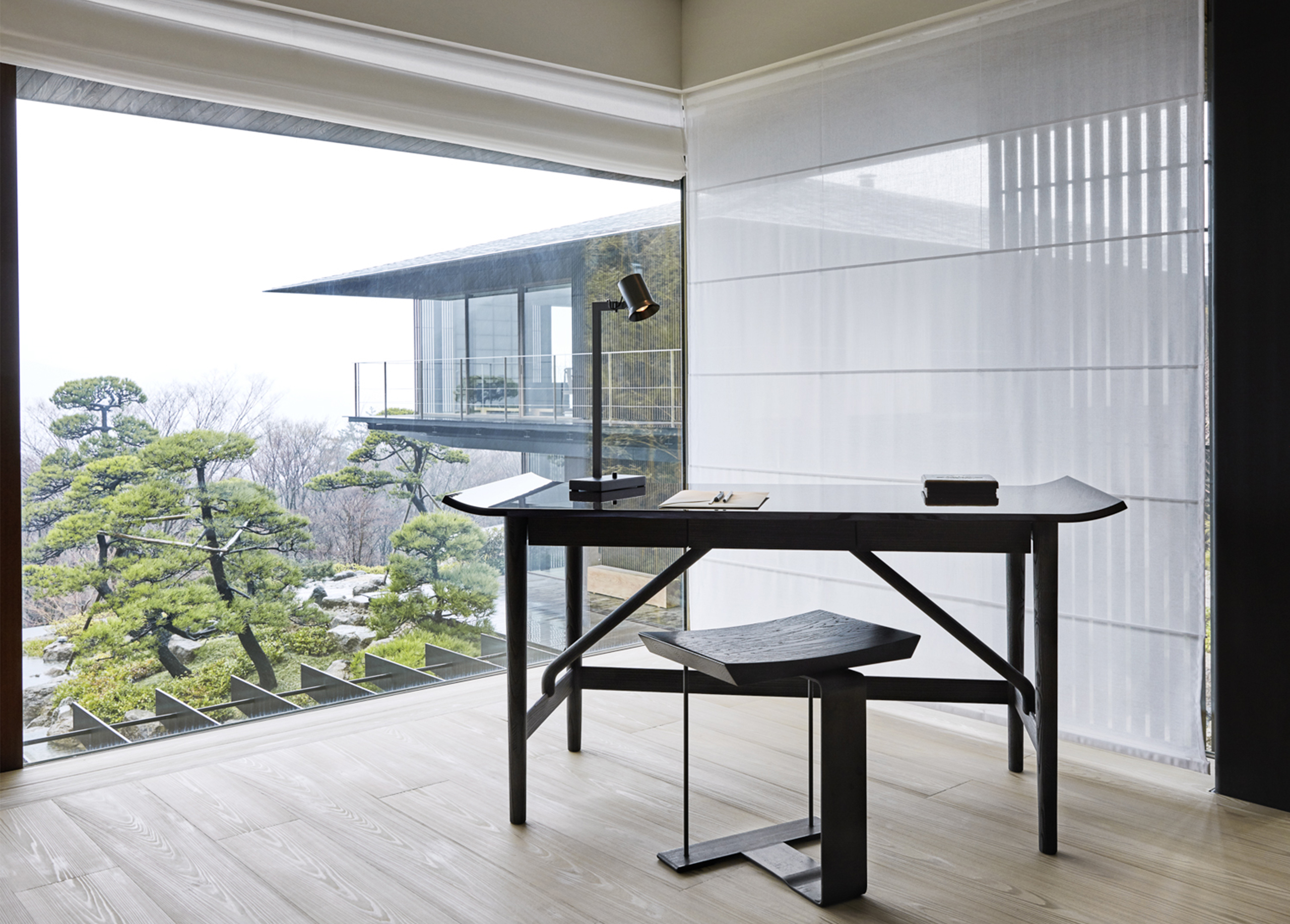
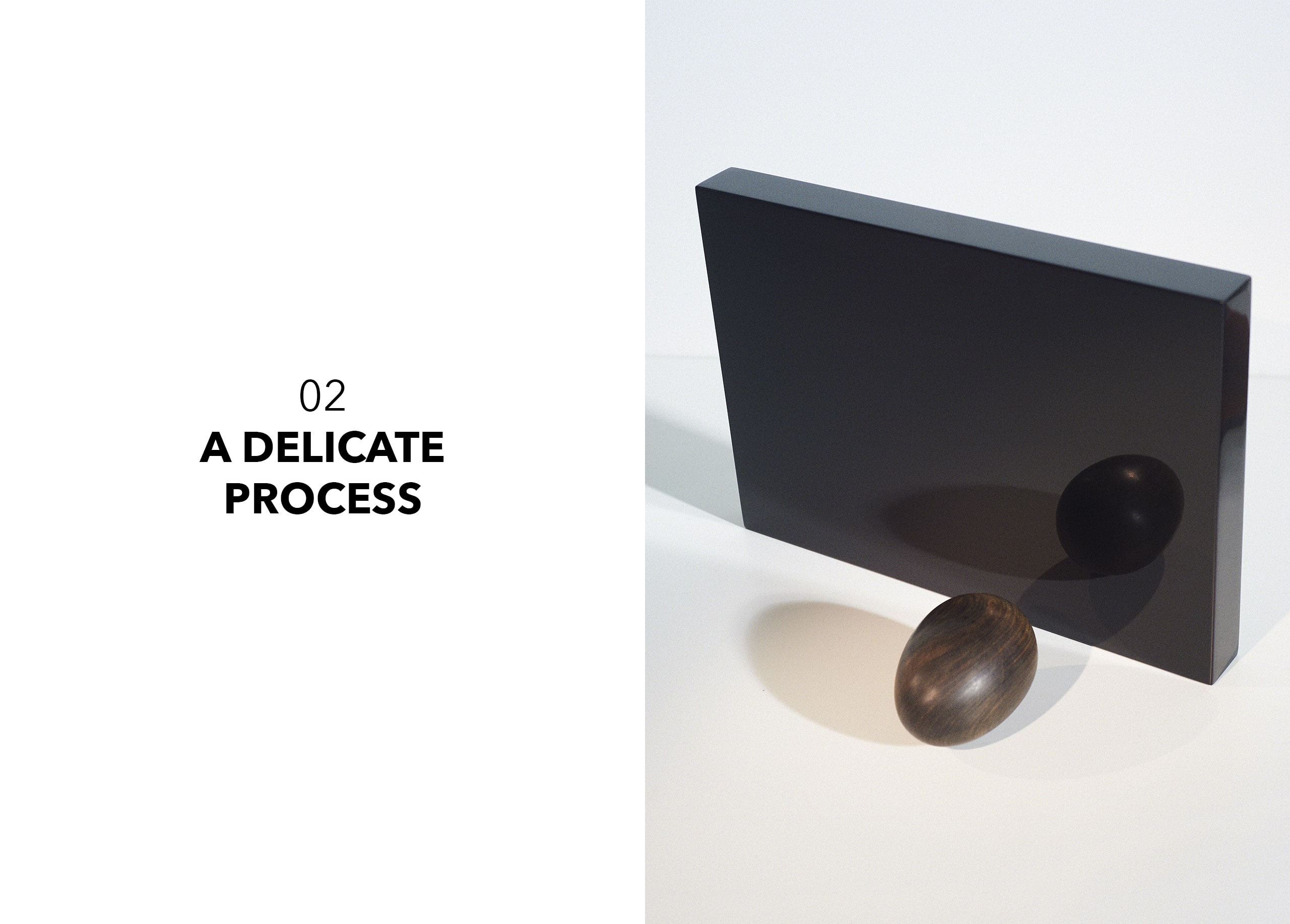
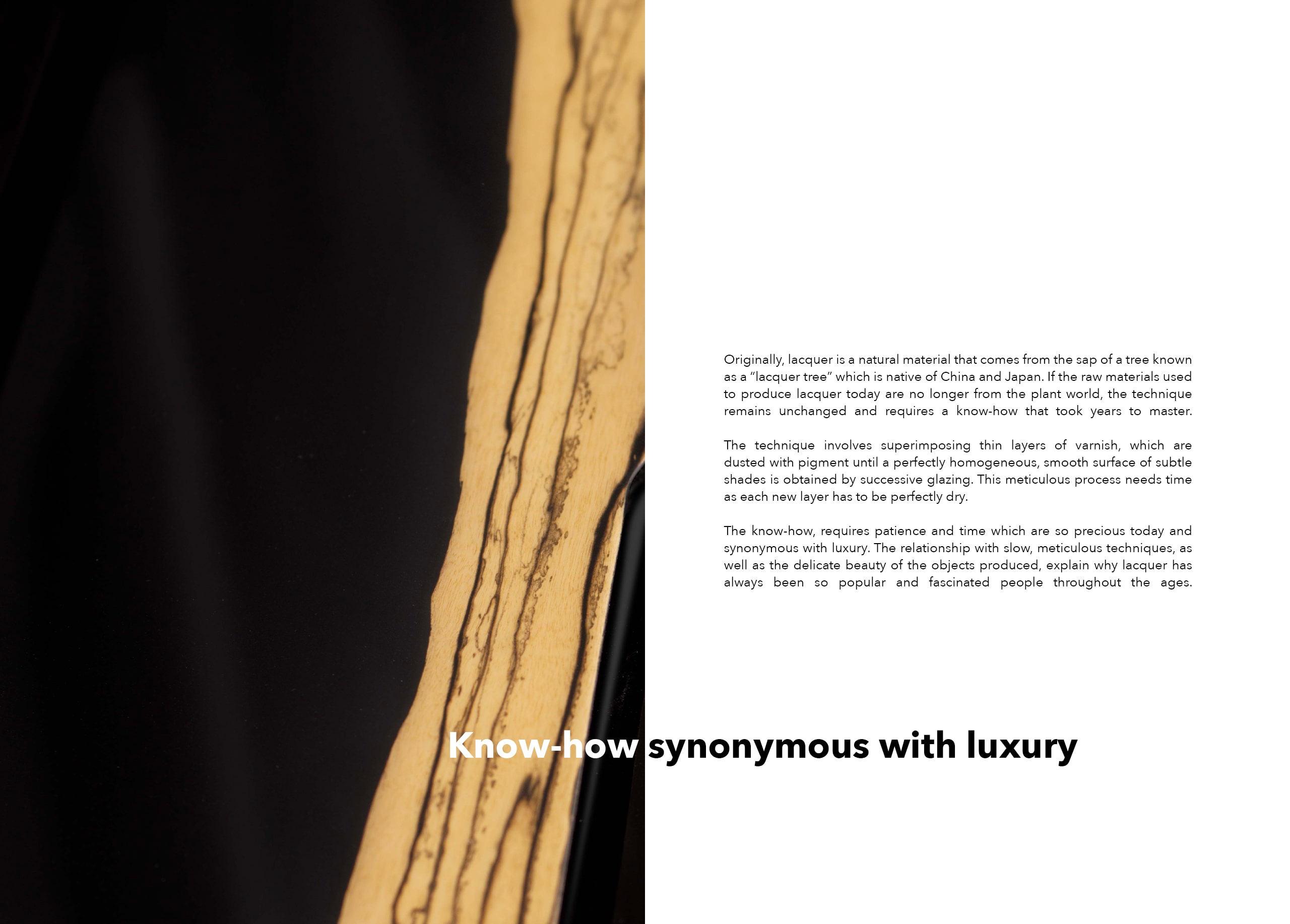
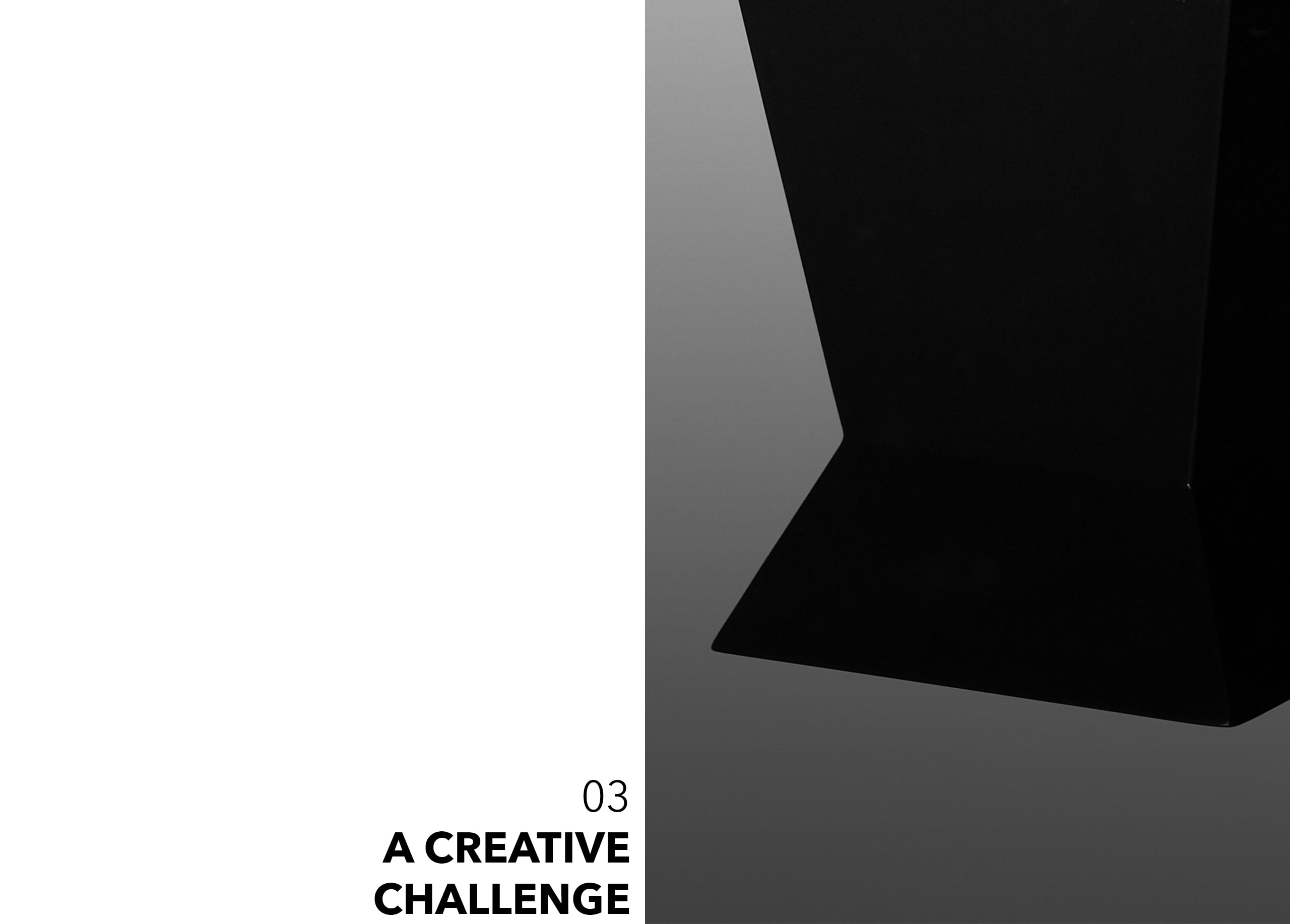
Lacquer, like bronze, has become one of Liaigre’s favorite materials and the design studio continues to include it in its projects and collections, calling on French craftsmen and designers who master the know-how.
Over the last 25 years, the artist and Master of Arts Pierre Bonnefille has been creating particular shades of lacquer for Liaigre (Pauillac, Margaux, Encre, Purple, Chili, Blanc, Noir). The Hill table however is produced by the designer Eric Schmitt.
Within the Liaigre universe, the Pauillac cupboard, the Charbon and Corsaire bedside tables, the Montfaucon side table, the Nagoya desk, the Marais console
and the Zanzibar bed all contribute to giving lacquer an image that is both timeless and contemporary. The Hugo trays and new Etrier pots are accessories produced following traditional techniques.
The palette of shiny, satined and mat lacquers of light and dark tones enrichens Liaigre’s chromatic range to decorate furniture and objects with a touch of sophistication.
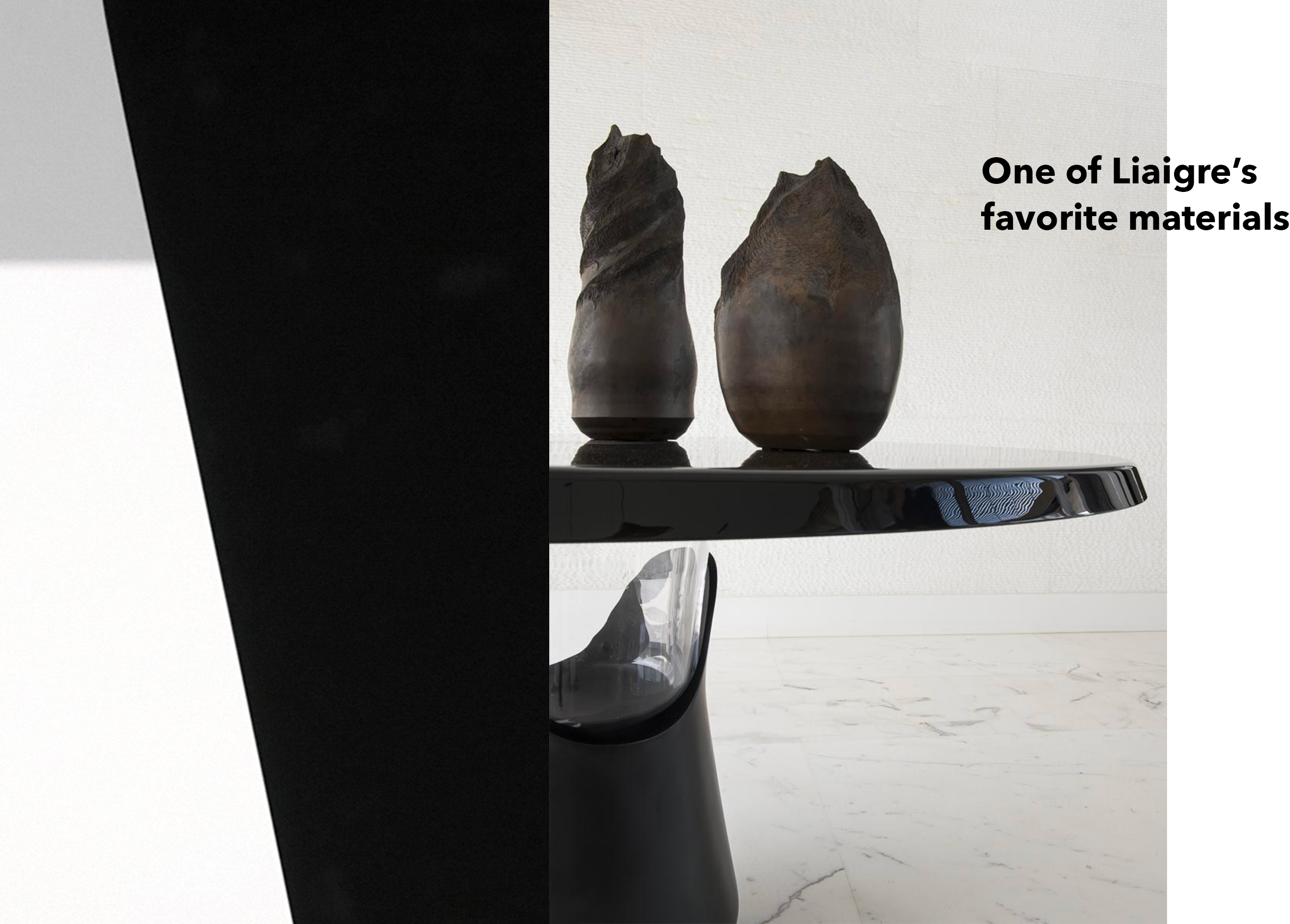
Discover other
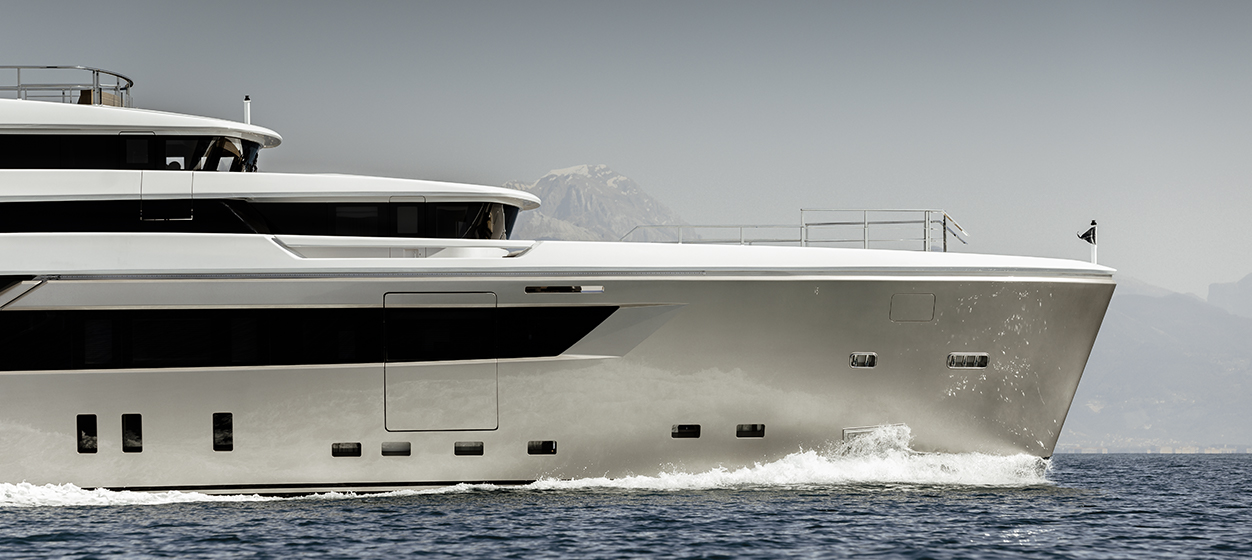
SL44, a hedonistic dream becomes reality
